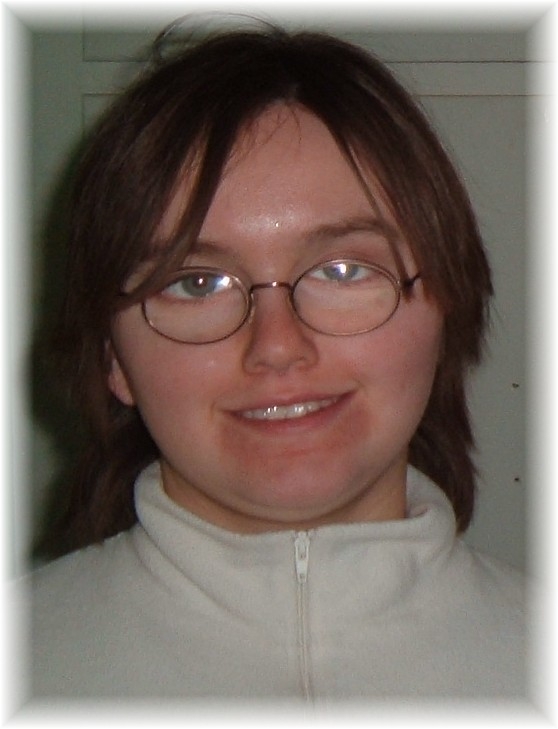|
|
|
|
| World Community Autism Program | Books and Articles | Diet Consultation | Email: Sojmed@gmail.com | |
|||||
|
World Community Autism Program The Nutritional approach to autism  Sarah, aged 22 years This is the story of Sarah: our adopted daughter who recovered from autism. Out of a dark place of impossibility and untold loneliness there now is Love and a flower . . . named Sara
More books
and articles on Sara's Diet Myths
about Sara's Diet
The Limbic System in Autism - how an immune response to lutein leads to the development of autism
Autopsy and MRI studies have revealed an ímmature development of many structures of the limbic system, including amygdala, gyrate nucleus, and hippocampus, but no damage or loss of neurons. The limbic system represents the mammalian development of emotional attachment, parenting and social behaviors, as well as learning and language development. As warm-blooded mammals, we are dependant on the development of emotional attachment to the parents. We feel good when we are safe, well fed and we know where our parents are. In that state of well being, we learn and develop language and social skills. Conversely, when we are lost, hungry and in danger, we experience panic. That panic involves the immune system and begins with an adrenalin release. The immune system takes over from the emotional system, and we revert to a more primitive state of fight-or-flight, survival instinct. In that state, learning, language development and social skills are not important to survival. We believe that in autism, the immune system is reacting to lutein as if it were a life-threatening pathogen. The particular type of immune response involves the 'alternative pathway activation pathway' (APAP) and is the type of reaction we would see to a cobra venom - it is a life or death situation. The immune system takes charge of the body's vital functions - digestion, metabolism, breathing, heart rate, temperature - and all superfluous activity, including social activity, stops until the reaction ceases. But for the autist, the reaction doesn't cease because lutein is coming into the body too often. In the infant, there are generally few exposures to lutein, but during the second and third years lutein-containing foods begin to enter the diet frequently. The response to the first exposures might be fever, and many parents report fevers during early childhood. The child often begins to refuse some foods. The altered immune system often over-reacts to immune challenges as is seen in the frequent reports of adverse reactions to vaccinations. Then, as the lutein exposure becomes continual, the immune system has to adapt, as continual high fever is dangerous to the brain. The response changes from acute to chronic - control of the digestion, metabolism, hormone and enzyme production. Serotonin transport to the brain is controlled to reduce arousal of the pituatary system to a minimum. The primary focus of the immune system becomes systematic removal of the pigment pathogen and it's breakdown products. This is seen in increased excretion of neopterin and biopterin, prurigo-type eruptions on the skin, and recurrent ear inflamation. Lab reports show unusual patterns of fatty acid and amino acid excretion, Vitamin C metabolism, signs of gut flora imbalance and production of unusual opioid chemicals which the immune system is manufacturing as endogenous stress and pain-reducers. With an ongoing immune system activity, the limbic system switches over to a state of defensiveness and survival. Development of social behavior is arrested in favor of survival, defensive and coping strategies to minimise arousal and social expectactions. Depending on the innate strength of the individual, mental and intellectual functioning may develop, despite the social handicap, in idiosyncratic ways. For some high functioning autists, the strategy of avoidance takes the form of developing unique skills, or intensive reading and studying, or focus on a particular branch of math or science or music. Removal of lutein from the diet is the first step towards recovery and healing, but there is often a long way to go. After approximately 4 months, the parents report that the child is calmer, happier, more social, more interested. It takes a while longer for language development to move forward, especially for those who were always non-verbal. Our experience after many years into recovery is that the immune system never fully relinquishes control, but coping skills and obsessive behaviors slowly diminish, and focus on normal enjoyment and pleasure increases. Body language becomes more normal and easier to interpret in others. All the senses improve, from a state of confusion and conflict to clarity and sharpness and emotional significance. Our lives take on real meaning and we become less fearful and reclusive and more social and positive in our outlook. Having worked with many thousands of people, we have seen how emotional development increases year on year, so that after 5 years on the diet, a 15 year old may exhibit the typical emotional and social development of a 5 year old, the sexual interests of a 15 year old and the intellectual level of a college student. Although we do not intend to become 'normal', we see the potential of all autists to find meaning and fulfillment, joy and happiness in their lives.
|
|||||
|
|